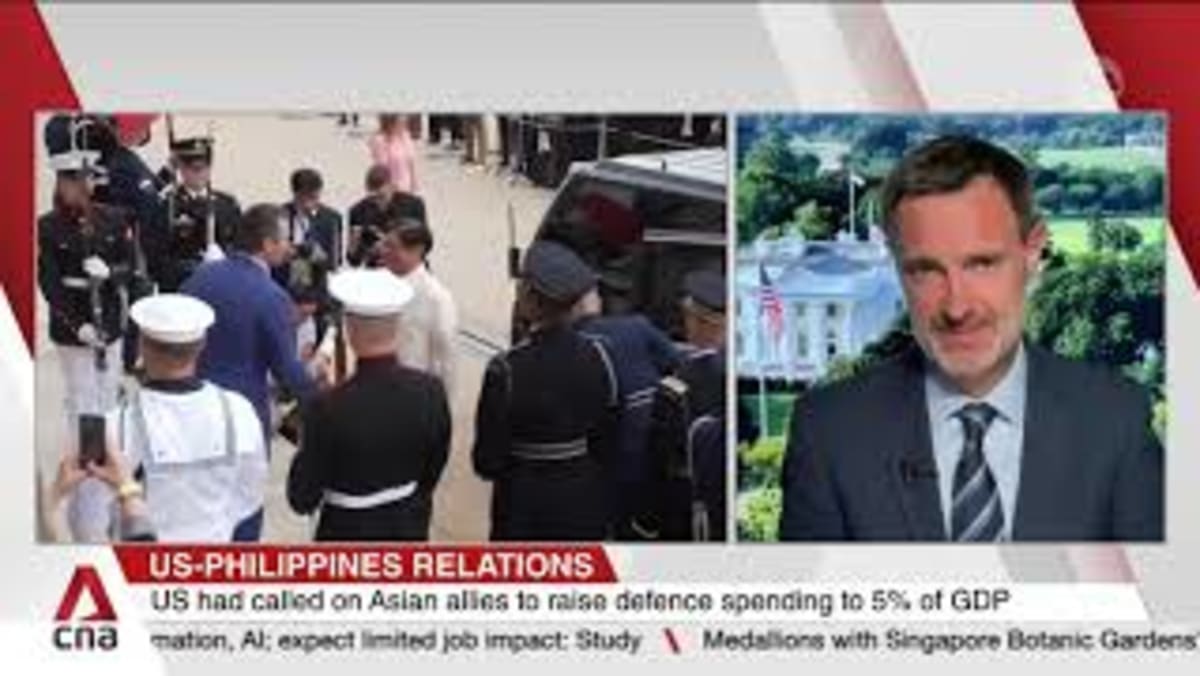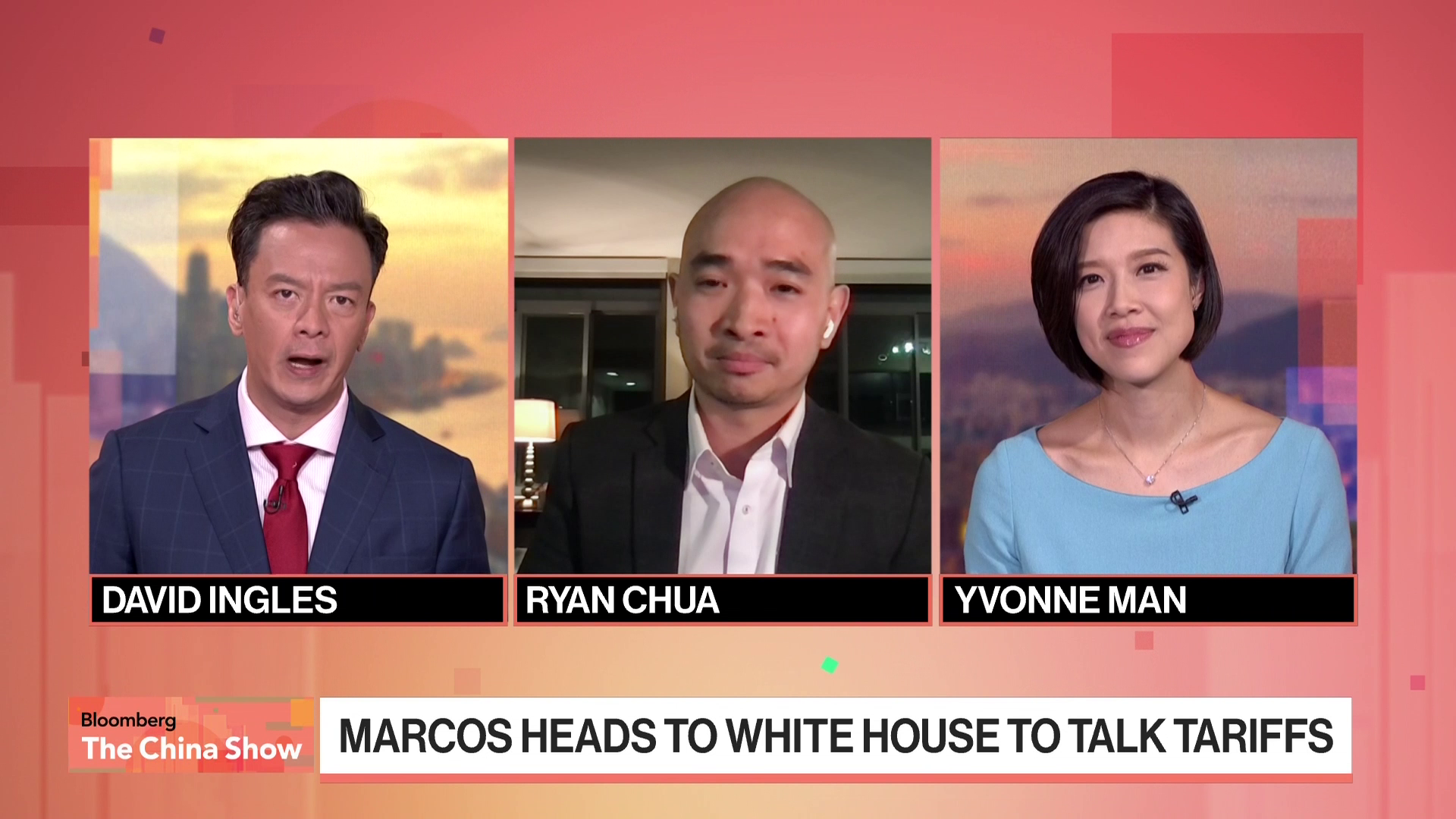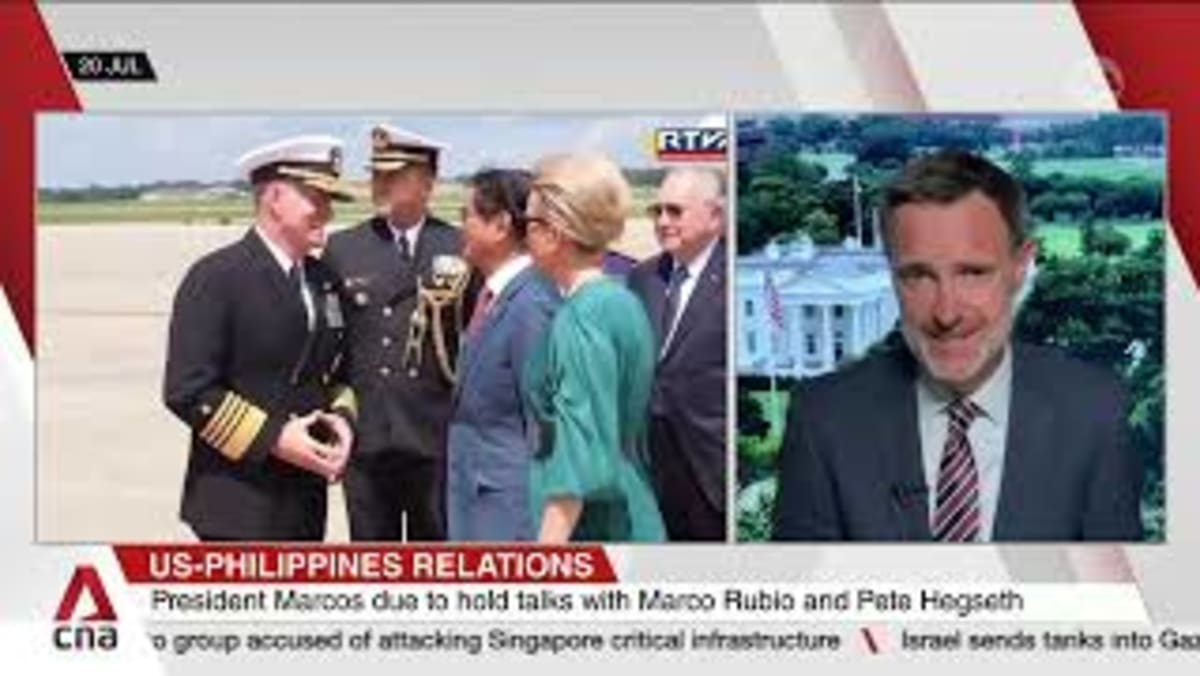In a significant move to bolster international relations, Philippine President Ferdinand Marcos Jr. is set to engage in vital discussions with U.S. President Donald Trump at the White House. This meeting marks Marcos as the first Southeast Asian leader to meet Trump during his second term, spotlighting the Philippines' pivotal role in U.S. strategic interests in Asia. Prior to his White House visit, Marcos met separately with key U.S. officials, including Defense Secretary Pete Hegseth and Secretary of State
Did You Know
The original name of Google was 'Backrub.'
?
AD
Marco Rubio, to lay the groundwork for enhanced cooperation across multiple fronts.
The upcoming talks focus primarily on solidifying security partnerships and exploring economic integration in an evolving geopolitical landscape marked by challenges from China. With tensions escalating regarding tariffs and trade, both leaders aim to secure a favorable deal before an August 1 deadline. Marcos is optimistic that the Philippines' status as a valued ally will pave the way for an agreement that benefits both nations.
This diplomatic engagement underscores the United States' renewed commitment to strengthening alliances in Southeast Asia, emphasizing the strategic importance of the Philippines amid shifting global dynamics. As both countries seek to deepen their collaboration on defense and trade, the outcome of these discussions may significantly influence regional stability and economic opportunities in the coming years. The stakes are high, and the world will be closely watching this landmark meeting as it unfolds.
Q&A (Auto-generated by AI)
What are the key goals of Marcos' visit?
The key goals of Ferdinand Marcos Jr.'s visit to the White House include strengthening economic and security ties between the Philippines and the United States. Marcos aims to secure a more favorable trade deal, particularly in light of tariffs and trade policies affecting the Philippines. Additionally, he seeks to enhance military cooperation and address regional security concerns, especially regarding China's influence in the Asia-Pacific.
How has US-Philippines relations evolved?
US-Philippines relations have evolved significantly since the end of colonial rule in 1946. The two nations have maintained a strong alliance, particularly during the Cold War, focusing on military cooperation and economic aid. In recent years, relations have been tested by issues such as human rights concerns and China's growing assertiveness in the region. Marcos' visit signals a renewed commitment to collaboration, especially in defense and trade.
What tariffs are being discussed?
During the discussions between President Trump and President Marcos, tariffs related to various imports and exports between the US and the Philippines are a focal point. The talks aim to address existing tariffs that may hinder trade, particularly in agricultural products and manufactured goods. Marcos hopes to negotiate terms that would benefit the Philippines economically while aligning with US interests in the region.
What impact could this meeting have on trade?
This meeting could significantly impact trade between the US and the Philippines by potentially leading to a new trade agreement or modifications to existing tariffs. A favorable outcome could enhance Philippine exports to the US, particularly in agriculture and textiles, while ensuring American investments in the Philippines grow. Strengthened trade relations may also help the Philippines navigate economic challenges and promote regional stability.
Who are the key US officials involved?
Key US officials involved in the discussions include Defense Secretary Pete Hegseth and Secretary of State Marco Rubio. Their roles are crucial as they represent the US government's stance on defense and foreign policy. Both officials are expected to address security cooperation and diplomatic relations, emphasizing the importance of a strong alliance with the Philippines amid regional challenges.
















